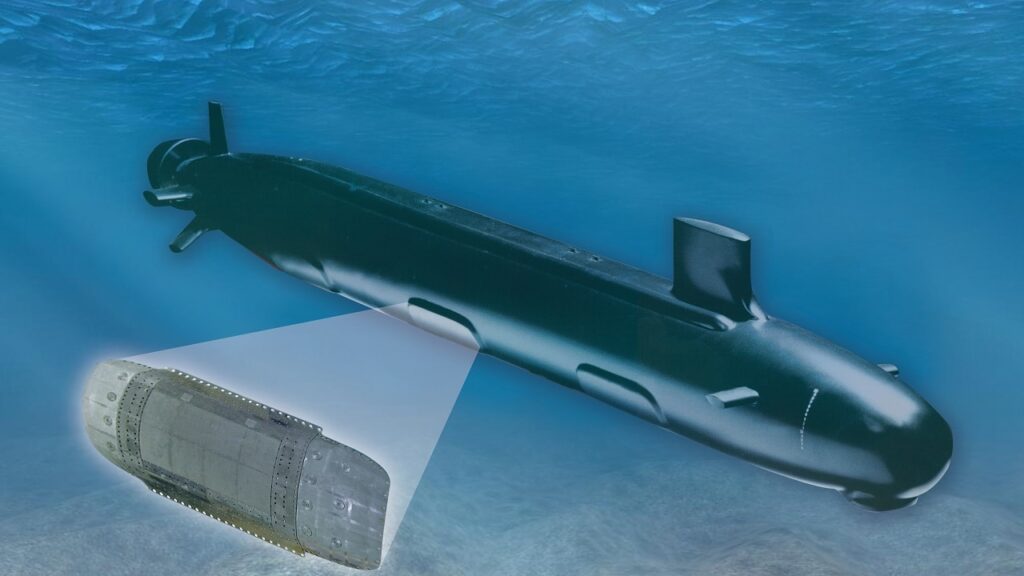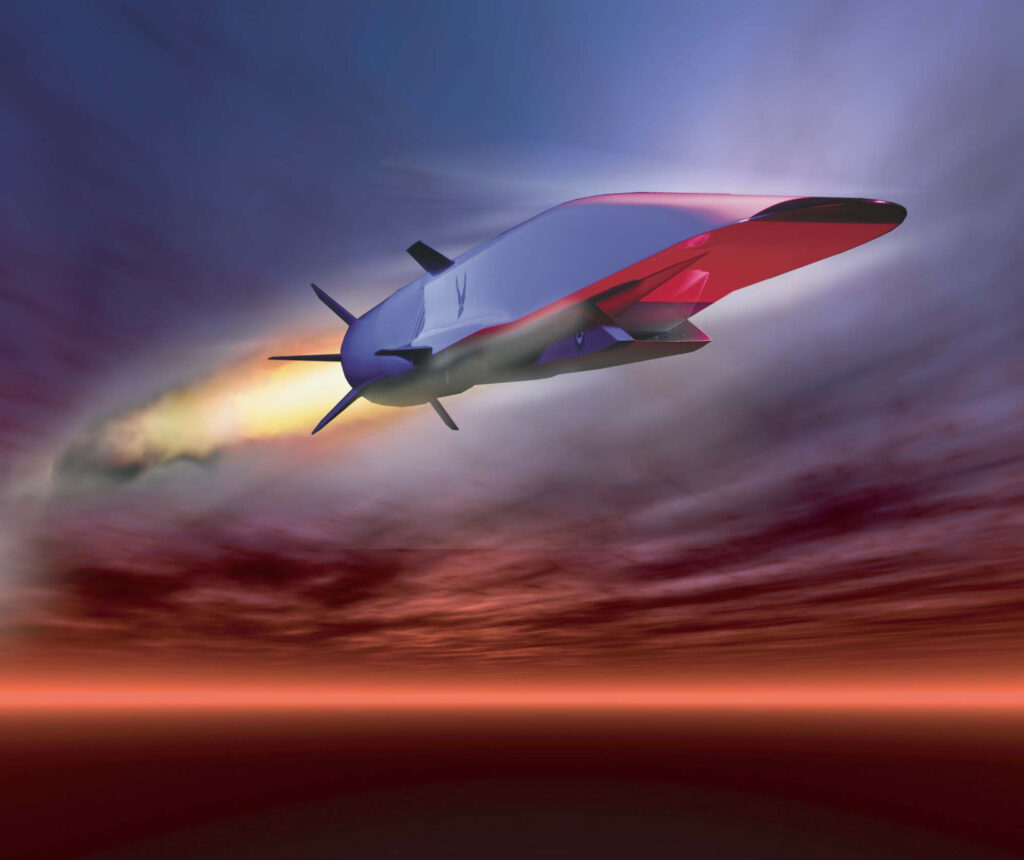The U.S. Navy’s fleet of Virginia-class nuclear-powered submarines are widely considered to be among the most formidable underwater vessels on the planet.
While all variants in this fast-attack SSN family are advanced, the latest Block V iteration is truly special.
In December, Navy officials gathered at the General Dynamics Electric Boat’s facility to attend a keel-authentication ceremony for the Arizona (SSN-803) ship.
The 30th Virginia-class submarine will be the first ship in its class to feature the Virginia Payload Module (VPA). This capability will enable the Block V SSNs to conduct seabed warfare operations, a role that appears more necessary in light of recent underwater incidents.
The growing threat of seabed-warfare

Over the last several decades, more nations have been developing infrastructure networks under the shoreline which civil society is now dependent on.
Optical fiber, pipelines, and other cables necessitate the flow of telecommunications and the distribution of gas, electricity, and oil.
Last fall, the Nord Stream 1 and Nord Stream 2 pipelines were attacked in a series of mysterious bombings.
The subsequent gas leaks that emerged impacted the underwater pipeline constructed to transport natural gas from Russia to Europe vis-à-vis the Baltic Sea. This incident highlighted the glaring security threats underwater infrastructure can pose.
Related: Spy games: Who blew up the Nord Stream pipelines?
Here comes the Virginia-Class Block V
The Virginia-class submarines are designed to conduct a variety of mission sets, including anti-submarine warfare, intelligence gathering, reconnaissance, and littoral operations.
Since entering service with the U.S. Navy in the early 2000s, the Virginia-class SSNs have aided the service’s six maritime strategy core capabilities; sea control, forward presence, maritime security and deterrence, and power projection.
These powerful submarines displace nearly 8,000 tons with a hull length of 377 feet and a diameter of 34 feet. Nuclear-powered, these vessels can drive to more than 800 feet and reach a top speed of 25 knots in the water.
Blocks I, II, III, and IV variants have already hit the seas, and introducing the latest Block V iteration is imminent.
The new VPM addition is a game-changer

Electric Boat president Kevin Graney described the new variant’s specialized capabilities at the Connecticut Business and Industry Alliance’s “Economic Summit + Outlook” event last year: “We’re developing in the third picture a seabed warfare variant and this ship is designed to interact with the sea floor. And this design we’ll repurpose some of those missile tubes that I refer to in the VPM (Virginia Payload Module) design to perform those missions.”
According to The Drive, the new VPM which will be fitted to the upcoming Block V Virginia-class ships features a “similar hull plug that stretches 84 feet that would be adapted to the seabed warfare role instead of hauling around cruise, hypersonic, and other missiles.
There would have to be many other modifications, as well, especially considering that the boat will have to be able to adapt to new technologies for decades to come. Maneuvering thrusters and seabed landing abilities would also likely be part of the modification.”
The Block V’s extended mid-body section can store extra Tomahawk cruise missiles and other munitions. For each VPM on the submarine, 40 additional cruise missiles can be fitted. This increase in payload certainly sets the latest Virginia-class iteration apart from its predecessors.
Once the Block V variants are introduced to service, these highly armed attack vessels will lead the Navy’s underwater fleet for decades to come.
This article by Maya Carlin was originally published by 19FortyFive.com.
Feature Image: A Block IV Virginia-class submarine. (Creative Commons)
Read more from Sandboxx News
- How Colombia’s drug cartels almost bought a Soviet submarine
- Controlling killer swarms of swarms: Inside DARPA’s AMASS
- This is what Air Force Combat Controllers go through to earn their titles
- These are the 5 most underrated US military weapons
- Operation Underworld: Did the mafia help the Navy during WWII or was there something sinister at play?




